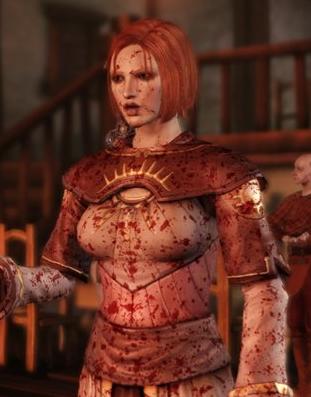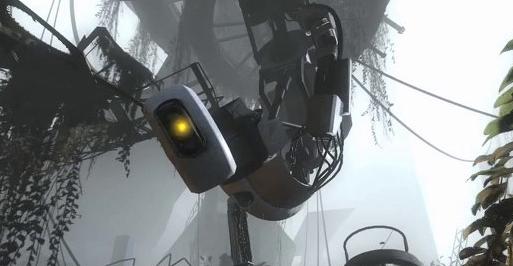 Just when your mind has plunged itself completely into the fantasy of a game, something always manages to break the illusion. And while invisible walls and dialogue glitches share the majority of the blame, it's sometimes short-sighted design that reminds you that you're playing a video game.
Just when your mind has plunged itself completely into the fantasy of a game, something always manages to break the illusion. And while invisible walls and dialogue glitches share the majority of the blame, it's sometimes short-sighted design that reminds you that you're playing a video game.
Take Nathan Drake, for instance. During cut-scenes throughout the Uncharted series, he appears to be an approachable everyman. Nate (I feel like I can call him that) makes bad puns, stubs his toe, and regularly proves how little control he has. Developer Naughty Dog endeavored to give players an alternative to the cartoonish space marines we see too often.
And yet, as soon as a cut-scene fades to black and the player regains control, Drake does an about face, and Mr. Hyde takes over. Suddenly, he's maiming faceless henchmen with reckless abandon. Breaking up the scenes of carnage, however, are cinematics which innocuously avoid the subject of mass murder. Despite convincing visuals, the continuity lapse reminds you that you are, indeed, still playing a video game.
Naughty Dog has violated aesthetic distance. The term refers to the gap between the viewer's conscious reality and the game's fictional reality. Since Nate rarely, if ever, acknowledges the acts of violence he committed, the entire fantasy breaks down.
Sometimes, in a bid to close the aesthetic gap, developers may inadvertently widen it. Back in 2009, the astute minds at BioWare noticed that blood, when shed during in-game confrontations, tended to disappear rather quickly in most games. So while developing Dragon Age: Origins, they insisted that players drenched in ogre's blood stay drenched. The theory made sense until the Redcliffe blacksmith greeted me — despite being covered head-to-toe in blood — with the same cheerful mantra. And just like that, the game broke an illusion that the player had cultivated over a five-hour dungeon crawl.
Ultimately, the industry-wide race to fabricate the most "realistic" game hinges on the ability to close the aesthetic gap. But it's not simply a matter of visuals — after all, Star Wars: The Old Republic still manages to make me second guess real life. Instead, it's a question of continuity. Players become invested once they accept certain axioms of a game's fictional universe. Break one of those rules, and the dream begins to tear at the seams.
In his book On Directing Film, writer/director David Mamet (Wag the Dog) brushes this entire discussion to the side. He asserts that any depiction of graphic violence is an inherrent violation of aesthetic distance. This because the instinctive reaction of humans is to judge whether the violence is real or not, pulling us out of the story. Because so many video games liberally depict acts of violence, Mamet suggests that gamers are permanently cognizant that the experience isn't real.
Developer Clint Hocking coined the term "ludonarrative dissonance," which refers to a break in the aesthetic gap between video games and their players.

Krystian Majewski, who works at the Cologne Game Lab, suggests that Portal 2 is the best case study for ludonarrative dissonance. Throughout the campaign, Chell (the involuntary test subject of Aperture Labs) finds the experiments disagreeable. As a character, her hope is to escape the facility and its torturous field tests. Yet the player wants to stick around for as long as possible. The narrative leads us to believe that the experiments are painful, while the gameplay indicates they're fun.
To Chell, we must seem like sociopathic researchers intent on getting our kicks. Ironically, the player shares more in common with GLaDOS, the game's homicidal A.I., than with the avatar.
Whether a miniscule glitch or a glaring design choice creates the aesthetic distance, players will have a tough time staying with the experience for very long. Though one day we'll play games that will go beyond mere simulacrum, I'm content to leave the blood on my face for now.
VentureBeat's mission is to be a digital town square for technical decision-makers to gain knowledge about transformative enterprise technology and transact. Learn More
